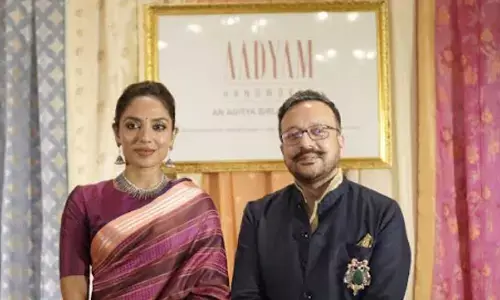Here's how mood swings, brain signals are related

Turns out, mood variations can be decoded from neural signals in the human brain, a process that has not been demonstrated till date
Turns out, mood variations can be decoded from neural signals in the human brain, a process that has not been demonstrated till date.
By developing a novel decoding technology, a team of engineers and physicians at the University of Southern California (USC) took a significant step towards creating new closed-loop therapies that use brain stimulation to treat debilitating mood and anxiety disorders in millions of patients who are not responsive to current treatments.
The team recruited seven human volunteers in a group of epilepsy patients who already had intracranial electrodes inserted in their brain for standard clinical monitoring to locate their seizures. Large-scale brain signals were recorded from these electrodes in the volunteers across multiple days at UCSF, while they also intermittently reported their moods using a questionnaire.
Researchers used the data to develop a novel decoding technology that could predict mood variations over time from the brain signals in each human subject, a goal unachievable to date.
"Mood is represented across multiple sites in the brain rather than localised regions, thus decoding mood presents a unique computational challenge," said Maryam Shanechi, a researcher. "This challenge is made more difficult by the fact that we don't have a full understanding of how these regions coordinate their activity to encode mood and that mood is inherently difficult to assess. To solve this challenge, we needed to develop new decoding methodologies that incorporate neural signals from distributed brain sites while dealing with infrequent opportunities to measure moods."
To build the decoder, Shanechi and the team of researchers analysed brain signals that were recorded from intracranial electrodes in the seven human volunteers. Raw brain signals were continuously recorded across distributed brain regions while the patients self-reported their moods through a tablet-based questionnaire.
In each of the 24 questions, the patient was asked to rate how they felt at that moment by tapping one of the seven buttons on a continuum between a pair of negative and positive mood state descriptors (for example., "depressed" and "happy"). A higher score corresponded to a more positive mood state.
Using their methodology, the researchers were able to uncover the patterns of brain signals that matched the self-reported moods. They then used this knowledge to build a decoder that would independently recognise the patterns of signals corresponding to a certain mood. Once the decoder was built, it measured the brain signals alone to predict mood variations in each patient over multiple days.
According to Shanechi, for clinical practitioners, a powerful decoding tool would provide the means to clearly delineate, in real time, the network of brain regions that support emotional behavior.
The new decoding technology could also be extended to develop closed-loop systems for other neuropsychiatric conditions such as chronic pain, addiction, or post-traumatic stress disorder whose neural correlates are again not anatomically localised, but rather span a distributed network of brain regions, and whose behavioral assessment is difficult and thus not frequently available.
The findings appeared in the Journal of Nature Biotechnology.




















